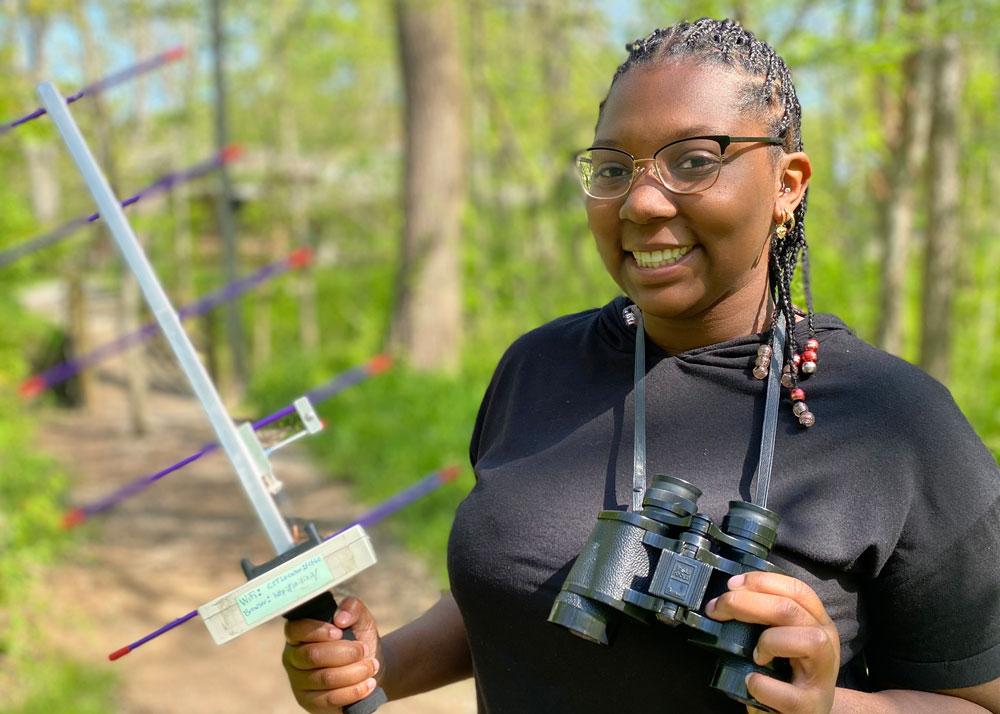Reflections by Tennessee State University Scholar and Warner Parks Agricultural Intern, Azia Tanks.
The (Surprisingly Challenging) Search for Hermit Thrushes
Have you ever searched for any type of bird for research? Have you searched for a specific bird? Or has the bird been so difficult to find, but it was right in front of you? Well, if you said yes let me tell you, you are not alone! I am Azia Tanks a sophomore at Tennessee State University majoring in Agricultural Science with a concentration in pre-veterinarian and a minor in Spanish. I have the great opportunity to intern at Warner Park alongside four other TSU students. For my project, I decided to work alongside my mentor Laura Cook on Hermit Thrushes. Searching for three of the Hermit Thrush located in the park before they head back to the North. This was my first time working on a project with a bird aspect and I promise it will not be my last!
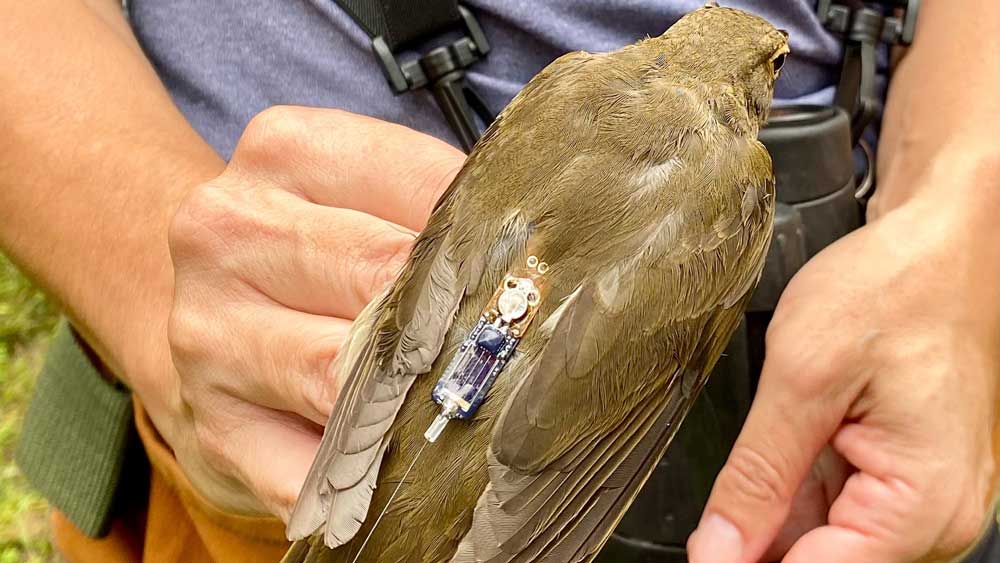
The Elusive Hermit Thrush
Hermit Thrushes are frequent migrants and winter visitors from November to April. When I started this project in March of 2022, I did not have much time to work because the Hermit Thrushes could leave at any moment. One thing is for certain this project was not as easy as I expected. It was fun of course, but challenging when we struggled to detect any Hermit Thrushes.
The birds we were targeting were radio-tagged all the way back in Fall 2021. However, on my first day of training (March 3, 2022) I located the two main birds located in the park. There is a total of three in the Warner Parks, two located near the nature center with the other located near Harpeth Hills Golf Course. When detecting for Hermit Thrushes, we used a hand-held CTT locator that had the bird’s radio frequency numbers listed.
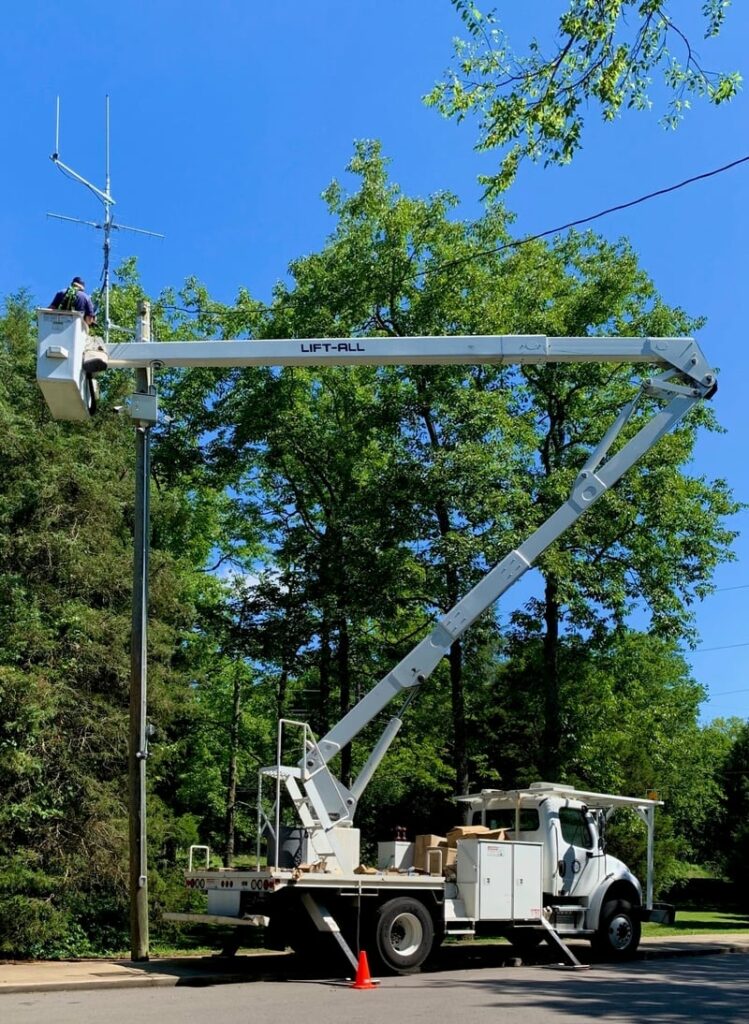
The bird that was easiest to find was bird #34071E66. 34071E66, or E66 for short, had an area that it was mainly attracted to, near the bird blind and sharp view observation platform. My observations of E66 were that it liked to be surrounded by cedar trees and, based off of the volunteer’s datasheet, others would agree with my observations. E66 was captured and radio-tagged at the banding stations on November 9th, 2021 near the nature center, and only once at Harpeth Hills Golf Course on March 17, 2022. The E66 as of April 21, 2022, has been detected for 165 days and primarily can be hanging out at Vaughn’s creek. E66 has been located twenty-six times by the volunteers and in four of those, the bird was directly seen. Out of the four times I was able to see the Hermit Thrush in person, I was absolutely stunned.
The second Hermit Thrush, #33783407, aka 407, was a little more out of reach. 407 was located in the park but typically off trails. However, you can still get a signal from the transmitter. The 407 Hermit Thrush was very tricky. Often times I would think, “Today’s the day I’ll get a low signal and finally see it”, but I would almost always pick up the range 87-105. 407 was banded and radio-tagged on November 16, 2021. It has been detected all but two days here at the nature center by the Warner Park Nature Center station. Also, it was picked up twenty-four times by the Harpeth Hills Golf Course from November 19, 2021, to April 21, 2022. The 407 Hermit Thrush was spotted near Long Hollow trail and Old Hickory Drive dead end. I assumed that to find 407 I would have to go off trails to locate because its habitat was deep in tree areas. Since its arrival in the Warner Parks, 159 days as of April 21, 2022, 407 has been detected by the volunteers at least thirteen-times, only to have been seen up close twice.
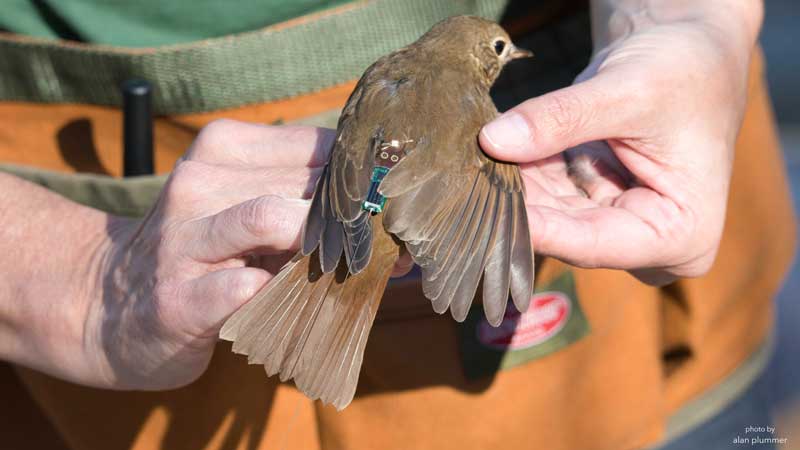
As a note, both birds 407 and E66 left the same day April 21, 2022. The 407 left at 7:30 p.m and E66 left at 9:45 p.m. I am curious as to how they knew when to leave, seeing as they left the same day and almost around the same time?
Finally, the bird that was the most challenging to locate is none other than #5533784C, aka 84C. The funny thing about 84C is it was the first Hermit Thrush ever to be banded and spotted by the receiver in Warner Parks, spotted at the Harpeth Hills Golf Course. It was banded on October 26, 2021, and on November 5, 2021, it was also detected at Warner Park Nature Center station. 84C’s habitat seemed to be South West of Harpeth Hills Golf Course, and perhaps Steeplechase on Gaucho Road area. March 6, 2022, was its last detection here at the park. When detecting 84C, a lot of us had a difficult time. The signal was often weak and no volunteer ever saw 84C up close.
Final Reflections
This project has been so fun, and I hate that it has come to an end. I have learned so much about all three Hermit Thrushes, either from searching for them, looking at others’ notes about them, or even making notable observations that informed this process. I have made some fun observations on the Hermit Thrushes, like when I discovered that the E66’s favorite spot was in cedar trees, because of how well it blended in with its environment. Another example could be how all three birds migrated to the park in the fall but branched out to find their own winter territory to collect food and find shelter. My time at Warner Park has been a blast getting to learn new things, connect with visitors, learn teaching strategies, and even having an internship, something I am glad I had the chance to take part in. While this was my first ever internship, I can say it was the best!
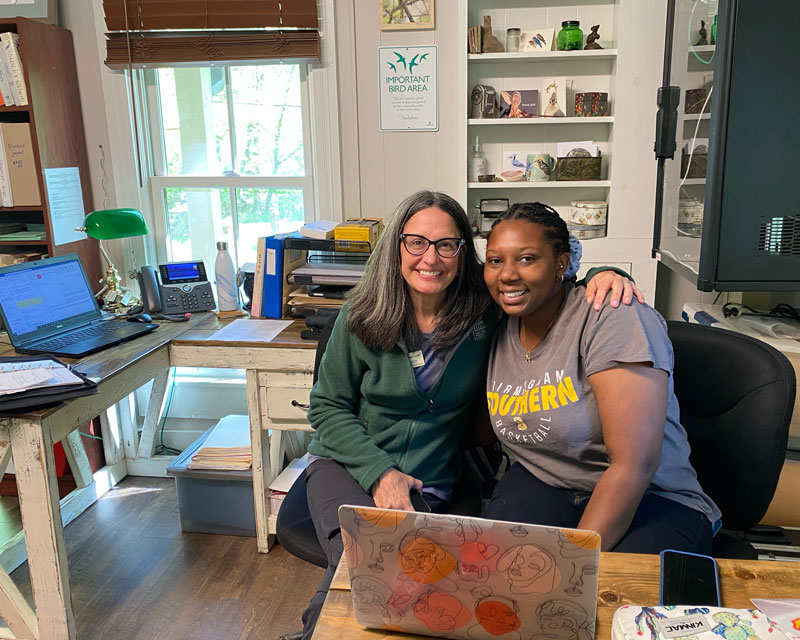
Thank You.
Thank you to those who took the time to look at my article. Thank you to Warner Park and Friends at Warner Park for giving me this internship and letting me gain excellent knowledge on my first internship, I truly appreciate all of you. I would like to give a special thanks to my mentor on this research project, Laura Cook. Laura, you have ignited my curiosity about birds and inspired me with your passion for your work at Warner Parks. I especially can not forget about the volunteers at Warner Park: Ava Cassidy, Mary Fitzgerald, Zhaierra Love, Kathy Shaw, Paul Yoder, and Patty Ghertner. Thank you for going out and helping me collect data, you honestly do not know how much I appreciate your hard work and time. Lastly thank you to Tennessee State University and the Dean’s Scholar program. Thank you, Dr. Young and Dr. Jolley for giving us students in agriculture these opportunities to expand our horizons.

